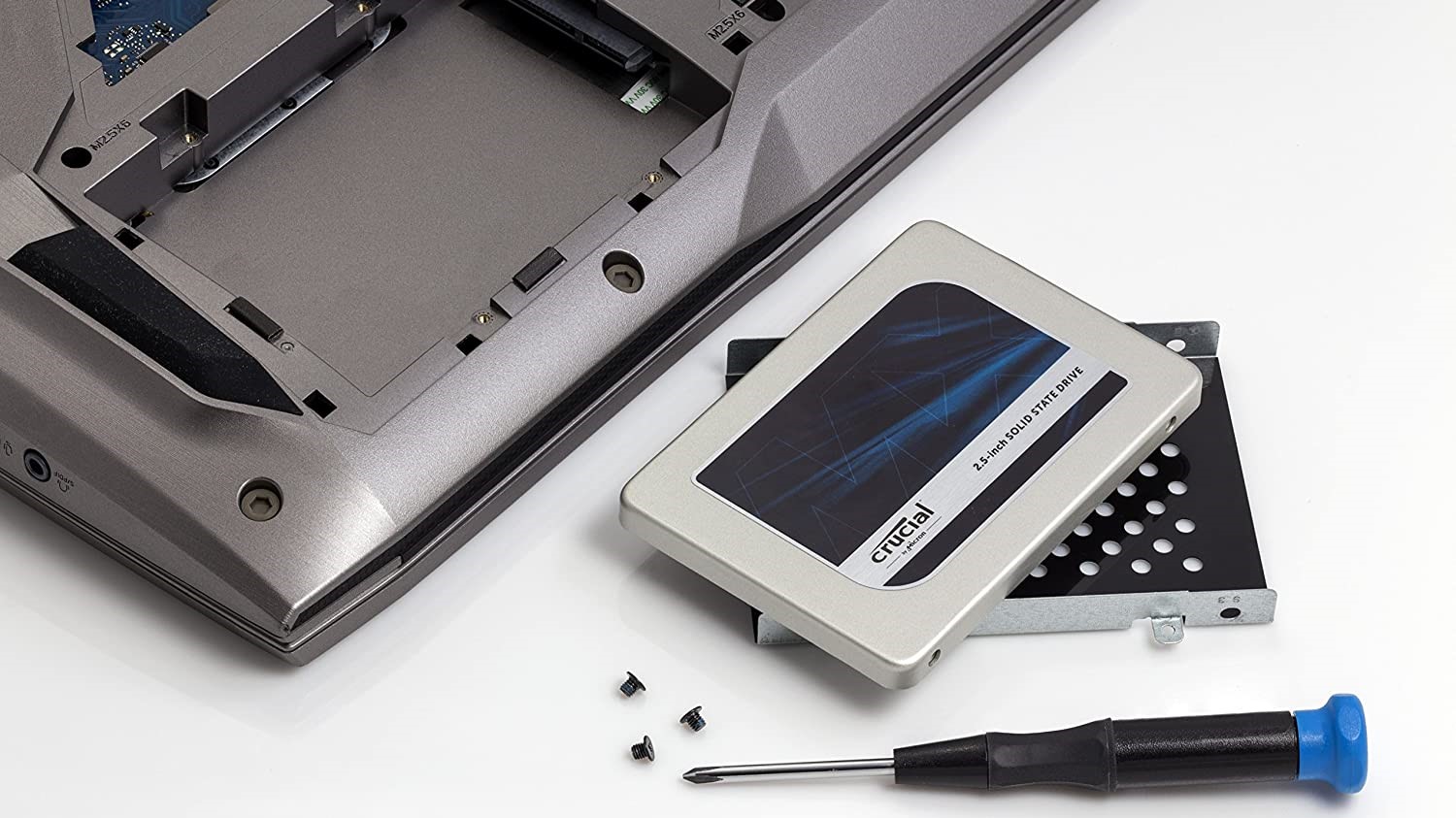Windows 10 update adds crucial feature that could save your important files
SSD heath monitoring is coming to Windows 10

What many people don't know is that all SSDs eventually fail. The shelf life of these drives is somewhere around 10 years but it can be even shorter depending on a number of factors. The last thing you want is to store your sensitive data on a drive only for it to crash and take all your files, photos and documents with it.
Thankfully, Microsoft has your back so you know exactly when to backup. The latest Windows 10 preview build (20266) has a storage health feature that will warn users when their NVMe SSD is about to fail (via Tom's Guide).
- Surface Pro 8 and Surface Laptop 4 won't arrive in 2020 (report)
- Microsoft Surface Pro X with SQ2 chip unveiled — starts at $1,499
- Which Surface Is Right for You? Pro X vs Pro 7 vs Laptop 3 vs Go 2
"This feature is designed to detect hardware abnormalities for NVMe SSDs and notify users with enough time to act. It is strongly recommended that users immediately back up their data after receiving a notification," Microsoft wrote in a blog.
Screenshots show the message alerts users can expect when their drives are on the brink of death, "A storage device may be at risk of failure and requires your attention." By clicking on the notification, users can immediately start to back up their files.
If you're a Windows 10 Insider, you can access the SSD monitoring tool by visiting your system settings and navigating to the "Storage" section. From there, choose "Manage disks and volumes" then "Properties." Here, you'll find an alert stating your SSD's "reliability is degraded" and a percentage for the estimated life remaining.
For now, this feature is only available to members of the Windows 10 Insider program but we don't see any reason why it wouldn't roll out to everyone once Microsoft finishes testing. By knowing when your SSD will fail, you can promptly save your important files and potentially extend the life of your laptop.
Sign up to receive The Snapshot, a free special dispatch from Laptop Mag, in your inbox.
Phillip Tracy is the assistant managing editor at Laptop Mag where he reviews laptops, phones and other gadgets while covering the latest industry news. After graduating with a journalism degree from the University of Texas at Austin, Phillip became a tech reporter at the Daily Dot. There, he wrote reviews for a range of gadgets and covered everything from social media trends to cybersecurity. Prior to that, he wrote for RCR Wireless News covering 5G and IoT. When he's not tinkering with devices, you can find Phillip playing video games, reading, traveling or watching soccer.

